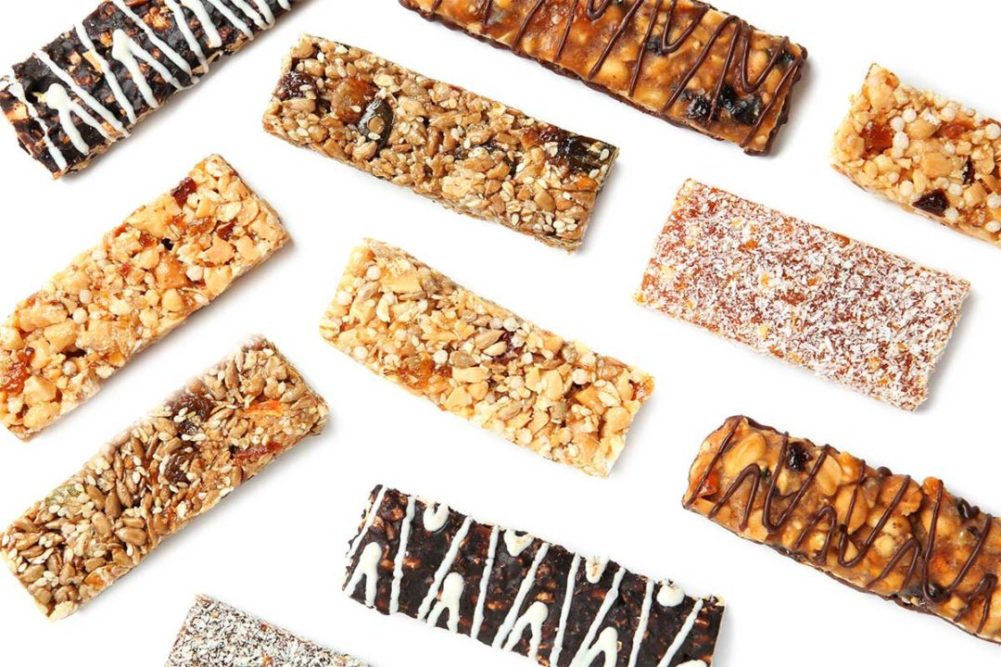Extending the shelf life of baked goods reduces food waste and controls costs. Chemical preservatives, such as calcium propionate, and emulsifiers, such as DATEM and SSL, have been very cost-effective at achieving these goals. However, consumers are rejecting them as they seek out foods with natural claims.
Bakers are also hunting for clean label ingredient systems that keep products fresh longer. This is accomplished by delaying oxidation, reducing bacterial and mold growth, and maintaining the appearance, taste and texture of the baked product.
Art Posch, platform development manager, bakery, Kemin Food Technologies, said that when bakers are looking to extend shelf life of grain-based products, a number of aspects must be considered before offering any ingredient solutions. This includes the product type, current and target shelf life, mode of failure, label requirements, product packaging and distribution/storage temperatures.
However, only by understanding how a product became inedible can bakers address the issue through the right ingredient.
“Oxidation causes changes in color, undesirable flavor development and sometimes loss of nutritional value,” said Linda May-Zhang, research, science and innovation officer, Blue California. “This reaction is often seen in fats and oils as lipid oxidation. Browning of baked goods results from the caramelization of sugars, oxidative browning of sugars and Maillard reactions. This causes baked goods to develop a dark color and altered taste, which can become a problem.
“Another spoilage mechanism of specific grains relates to the oxidation caused by the activity of certain enzymes, such as lipases, when the grain kernel is broken. Exposure to heat can deactivate these enzymes and extend the shelf life of cereal ingredients like wheat germ or bran, but auto-oxidation will continue.”
Flavor changes are not visible to the consumer. And if they occur, they may disappoint and negatively impact the brand’s image. Microbial growth, on the other hand, typically fast-tracks the baked good to the garbage can.
“There are often synergies between antimicrobials and antioxidants, and using them in combination can be beneficial,” Ms. May-Zhang said. “In addition, metal chelators can bind metals that catalyze reactions such as oxidation, which allows the preservatives to work more effectively.”
In multi-textured products, such as those with fillings and frostings, water migration may also impact shelf life. After all, no one wants a soggy pie crust.
“Water migration plays a crucial role in freshness,” said Jessica Blondeel, product director, patisserie, Puratos. “By balancing the water activity of the filling with that of the cake, cookie or sweet dough, bakers can reduce the amount of water migration, thereby extending the shelf life of their baked goods.”

